Table of Contents
ToggleIntroduction to Jib Crane Price Differences
Understanding the differences in jib crane price based on the type of crane—specifically wall-mounted vs. floor-mounted models—is crucial for businesses aiming to invest wisely in lifting solutions. This detailed comparison provides an authoritative breakdown, leveraging practical experience and industry expertise, helping businesses make informed and cost-effective purchasing decisions.
Overview of Jib Crane Types
Jib cranes, essential for various industrial applications, come primarily in two models:
- Wall-mounted jib cranes
- Floor-mounted (freestanding) jib cranes
Each has distinct benefits, applications, and pricing structures, influenced by factors such as installation complexity, structural support, and operational versatility.
Wall-Mounted Jib Cranes: Features and Pricing
Key Features of Wall-Mounted Jib Cranes
Wall-mounted jib cranes are typically attached directly to existing walls or building columns. Key features include:
- Space-saving installation
- Limited load capacity, generally ideal for lighter to medium loads
- Simple installation, reducing labor costs
Typical Wall-Mounted Jib Crane Price Range
Wall-mounted jib crane prices generally range from $1,500 to $8,000, depending on factors like load capacity, reach, and rotation capabilities. Smaller, lighter-duty models suited for workshops or assembly lines tend toward the lower end, while higher-capacity models with extended reach and advanced features occupy the upper price range.
Ideal Applications for Wall-Mounted Jib Cranes
These cranes are best suited for:
- Compact industrial settings
- Assembly lines and workstations
- Workshops with existing structural support
Installation and Maintenance Costs
Installation costs for wall-mounted cranes are typically lower due to fewer structural modifications and minimal foundation work. However, ongoing jib crane maintenance remains crucial for longevity, efficiency, and safety. Companies should review strategies on Jib Crane Maintenance: Outsourcing vs In-House Services to effectively manage ongoing maintenance costs.
Floor-Mounted (Freestanding) Jib Cranes: Features and Pricing
Key Features of Floor-Mounted Jib Cranes
Floor-mounted jib cranes offer superior versatility and higher load capacities compared to wall-mounted cranes. Key features include:
- High load capacity suitable for heavier industrial tasks
- Increased flexibility in positioning and range of motion
- Requirement for robust foundation and additional floor space
Typical Floor-Mounted Jib Crane Price Range
Floor-mounted jib crane prices generally range from $5,000 to $25,000 or more, depending on specific requirements, such as high load capacities, long reach, or customized operational features. Prices escalate with increased crane capacities and specialized functionalities.
Ideal Applications for Floor-Mounted Jib Cranes
These cranes are particularly suited for:
- Heavy manufacturing facilities
- Large-scale industrial operations
- Warehousing and material handling applications
Installation and Maintenance Costs
Installation for floor-mounted cranes involves additional expenses due to the need for reinforced concrete foundations, structural assessments, and extended labor time. Businesses should consider these upfront installation costs alongside ongoing maintenance and training expenses, detailed further in Jib Crane Maintenance Training Programs for Technicians.
Comparative Benefits: Wall vs. Floor Models
Cost Efficiency
Wall-mounted cranes provide a cost-effective solution for businesses with limited space and lighter lifting requirements. Conversely, floor-mounted cranes, while more costly initially, offer greater capacity and versatility, potentially enhancing long-term operational efficiency.
Space Utilization
Wall-mounted cranes excel in space-constrained environments, effectively maximizing workspace utilization. Floor-mounted models require additional space but compensate with enhanced operational flexibility.
Load Capacity and Flexibility
Floor-mounted jib cranes clearly outperform wall-mounted cranes in terms of load capacity and operational flexibility, ideal for dynamic industrial environments.
For a detailed breakdown and additional budgeting considerations, businesses should explore Jib Crane Price Guide & Budgeting Tips.
Budgeting Considerations for Different Jib Crane Types
Analyze Operational Requirements
Assessing precise operational requirements ensures the selection of an appropriate crane model, aligning operational needs with budget capabilities.
Evaluate Installation Complexity
Considering the complexity and costs of installation is crucial, as this can significantly impact the total investment required.
Consider Long-Term ROI
Evaluating the long-term return on investment (ROI) requires considering initial purchase prices alongside ongoing maintenance costs, operational efficiency, and expected lifespan of the crane.
Sustainable Investment in Jib Cranes
Investing sustainably involves selecting cranes that align with environmental standards and utilizing sustainable maintenance practices. Such approaches yield cost savings, improved environmental compliance, and enhanced equipment longevity.
Selecting Reliable Jib Crane Providers
Choosing reliable jib crane suppliers, such as Aardwolf, ensures access to high-quality equipment, expert installation services, and extensive after-sales support. Businesses can explore an extensive selection of crane products that guarantee durability and efficiency.
Conclusion: Making Informed Jib Crane Purchases
Deciding between wall-mounted and floor-mounted jib cranes involves careful consideration of operational demands, workspace limitations, budgetary constraints, and long-term maintenance requirements. Understanding jib crane pricing nuances, installation factors, and operational applications ensures businesses invest wisely, selecting cranes that best match their specific industrial needs and budget parameters.

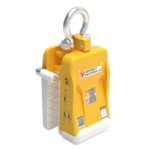
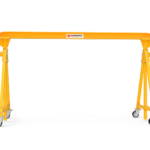
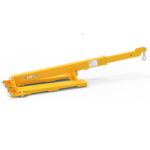
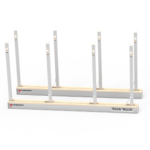
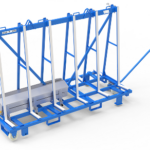
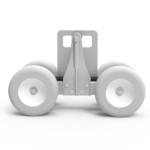
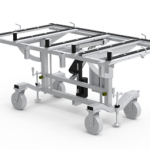
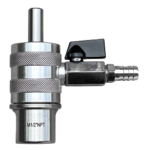
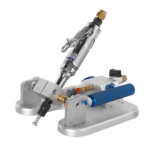
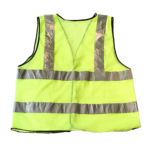

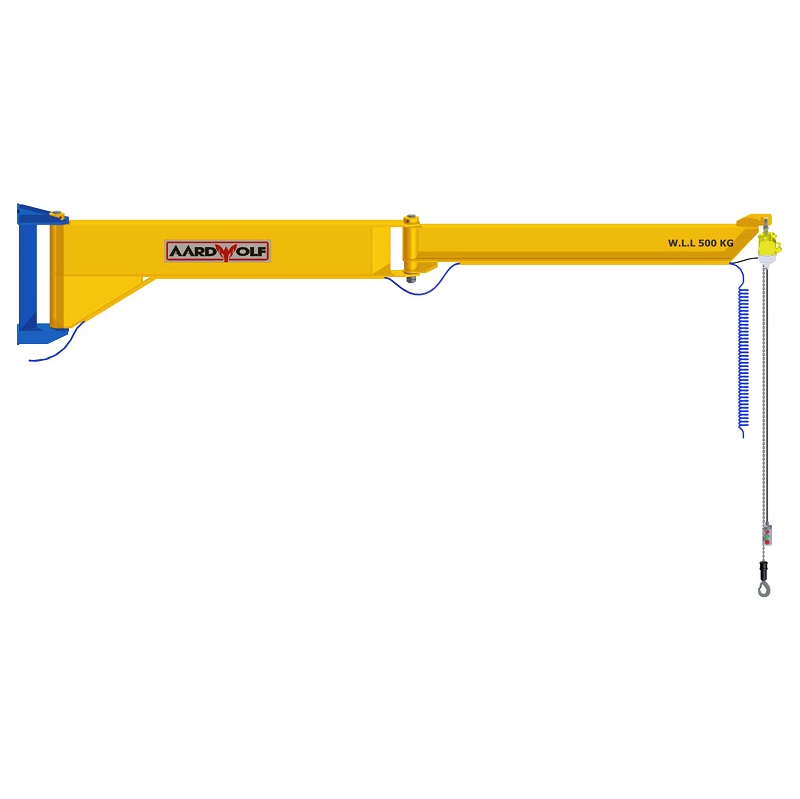
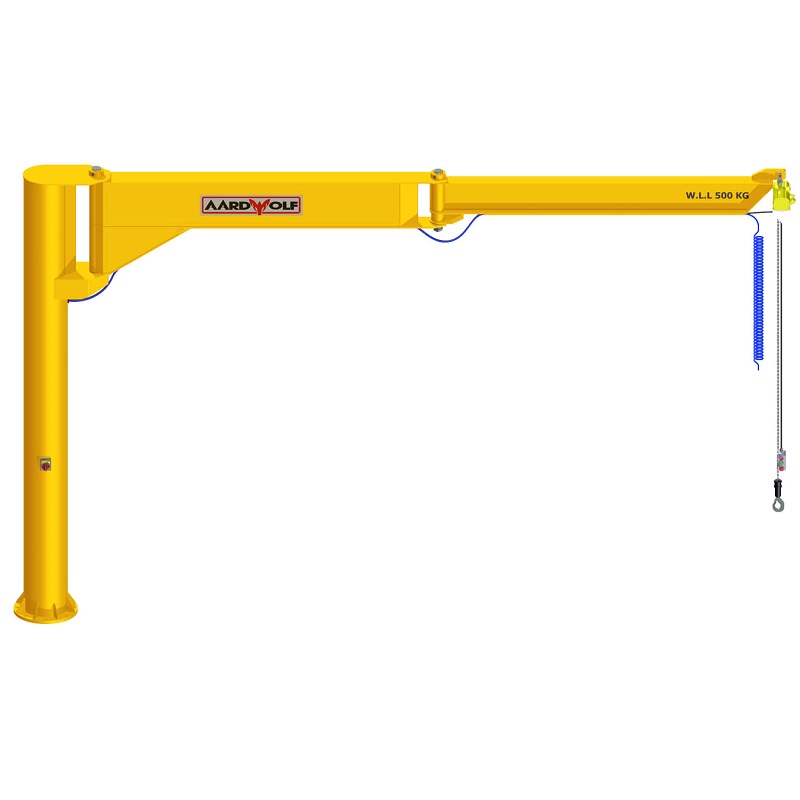

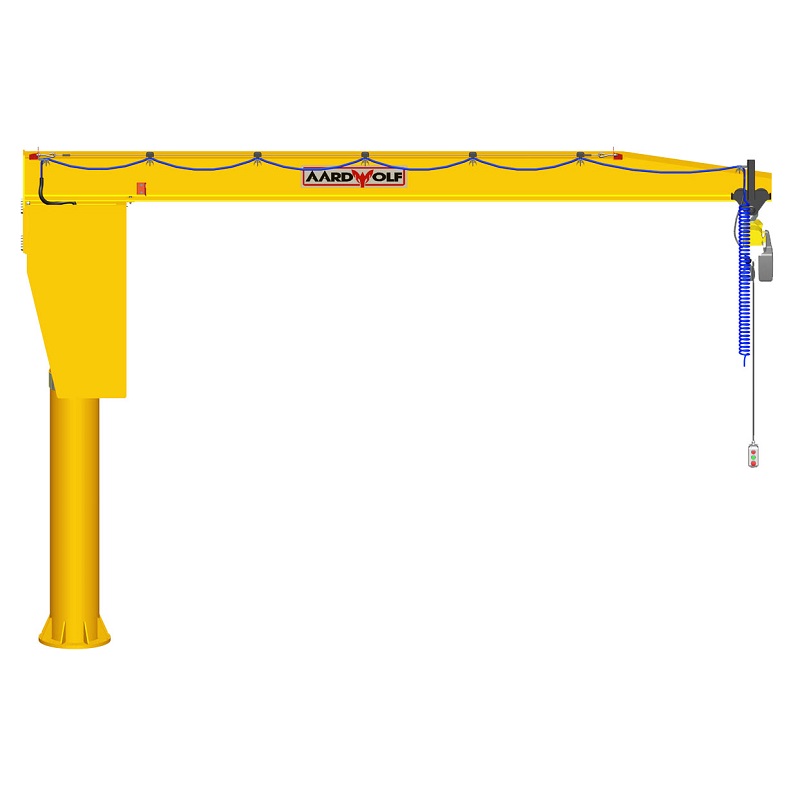

Please log in to leave a comment.